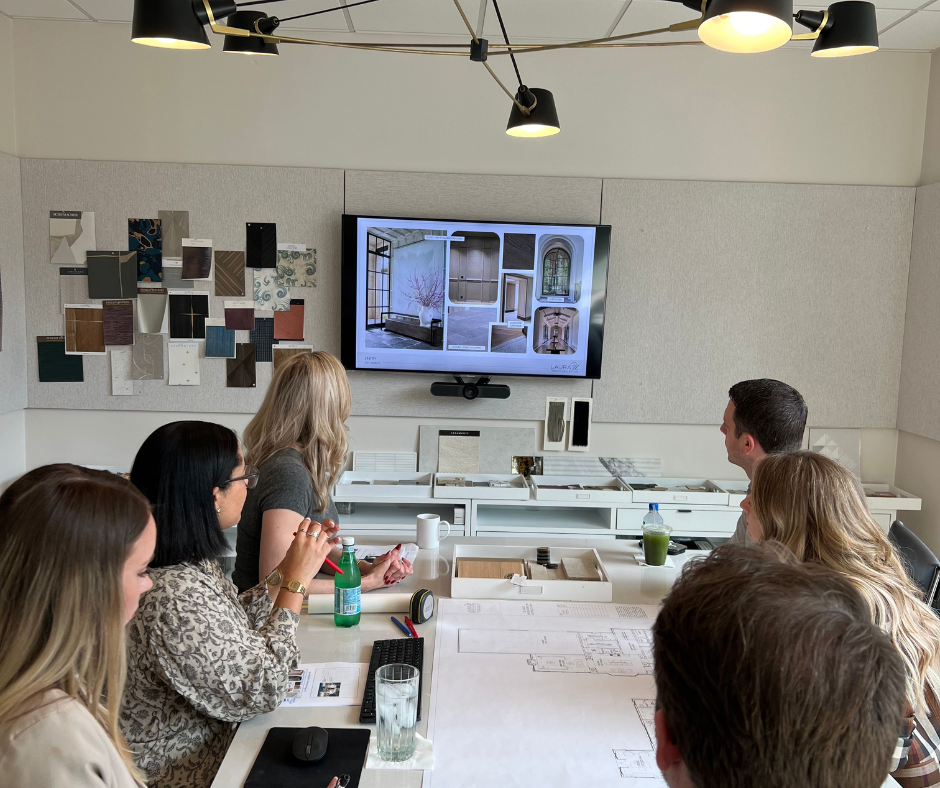
How Do I Explain Rate Increases to Legacy Clients of My Design Firm?
Summary
Raising rates for long-time clients can feel incredibly daunting, but this is a necessary step for a sustainable, thriving design business. Melissa Grove, COO of Laura U Design Collective, shares how her team approaches these conversations with clarity, professionalism, and a focus on client trust. From timing increases at the start of the year to tying changes to real costs, the key is transparency, consistency, and preparation. Cost-conscious vendor partnerships also help minimize volatility and strengthen your pricing strategy. Don’t apologize; just explain the “why” behind your decision if needed.
Reflection Questions
How far in advance do you communicate rate or product cost changes with your clients? Could you build in more lead time?
Do you have a system in place for regularly reviewing your internal costs—and adjusting your rates accordingly?
Are your vendor relationships helping or hurting your ability to keep pricing predictable and transparent?
Journal Prompt
Think back to a time when you delayed a rate increase out of fear of client reaction. What would you do differently now? Write out the email or talking points you wish you had used, grounded in transparency and your firm’s growth goals.
Raising your rates is never easy, especially when long-term, loyal clients are involved. But as operating costs rise and your team grows, price adjustments are both entirely reasonable and wholly necessary for the health of your business. We recently spoke with Melissa Grove, COO of Laura U Design Collective and DesignDash Co-Founder, about how her firm approaches rate increases, how they communicate them to legacy clients, and how to keep these conversations client-centered while protecting your bottom line.
When and How to Raise Your Rates
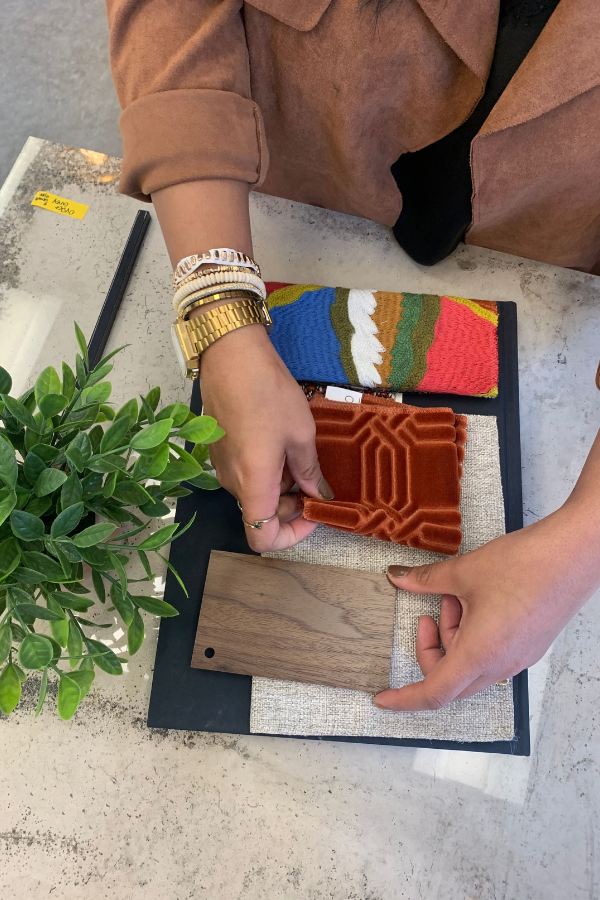
At Laura U, rate increases aren’t handled casually by any means. “It’s an internal, intentional decision we make—usually at the beginning of the year,” Melissa says. “Even if we know we need to raise our rates mid-year, we typically wait until January so it feels aligned with industry norms.”
Why January? “Vendors raise their prices at the beginning of the year, too. Our clients—many of whom are professionals in law, oil, and gas—understand that annual increases are part of doing business. They see it happening across the board.”
Fuel your creative fire, thrive with support from peers, & make 2025 your firm’s best year yet!
JOIN THE DESIGNDASH COMMUNITY

Clients are often prepared well in advance. “If we know vendor pricing will increase, we start telling our clients as early as September. That way we can order before costs go up—and they appreciate that kind of transparency.”
Tie Rate Changes to Real Costs
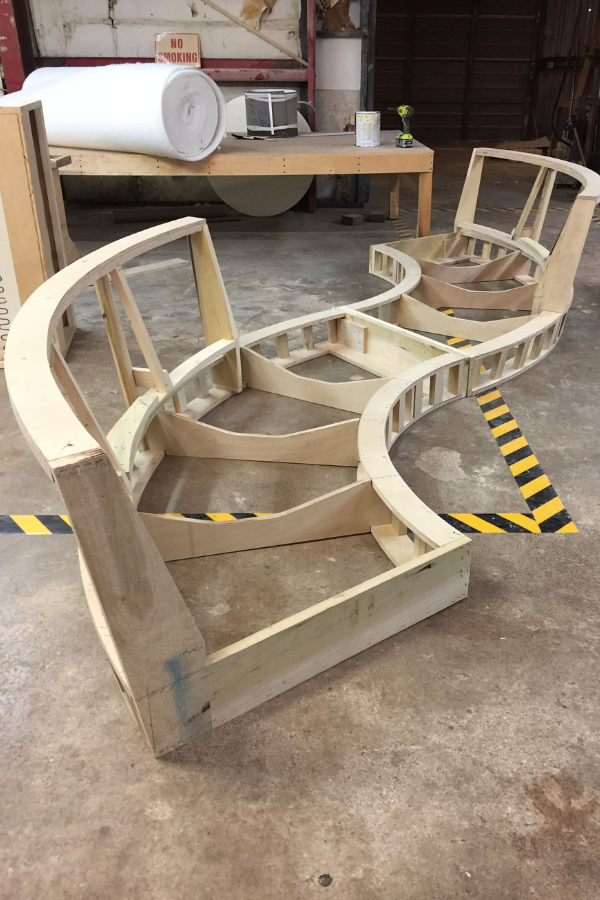
Melissa is quick to point out that pricing changes aren’t arbitrary. “We don’t raise rates just because we can. We raise them because we gave our team a raise. Our internal costs have increased, so our fees have to increase too.”
For time billing specifically, legacy pricing isn’t an option. “We don’t grandfather clients into old rates because it wouldn’t be sustainable. Our rates reflect the reality of what it costs to run our business today.”
Manage Pushback with Clarity, Care, and real cost info
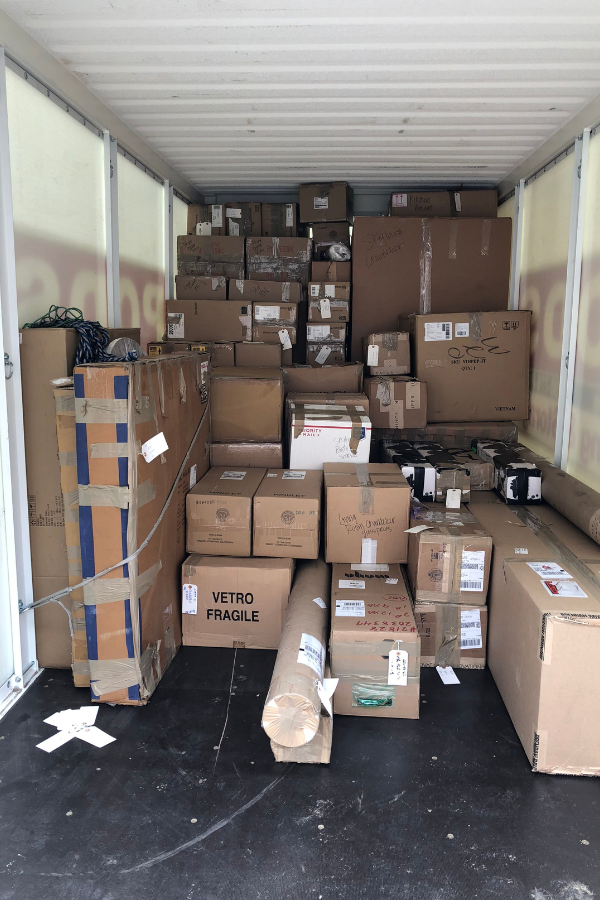
Interestingly, Melissa notes that most pushback doesn’t come from increased hourly rates—it comes from product pricing. “When tariffs hit and we started seeing 10 to 15% increases on $15K to $20K items, that was hard to explain because those increases aren’t always labeled clearly; there’s often no tax line item, just a higher price. That makes it difficult to articulate to clients.”
Fuel your creative fire & be a part of a supportive community that values how you love to live.
subscribe to our newsletter
*please check your Spam folder for the latest DesignDash Magazine
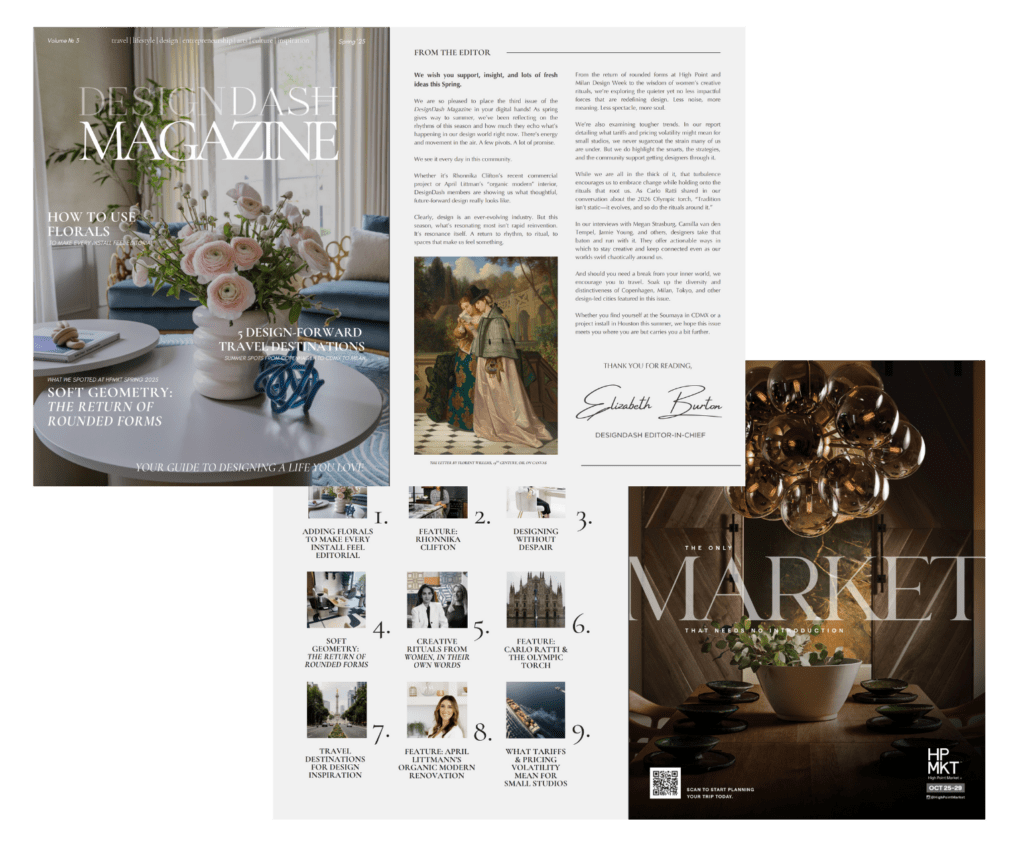
To manage this, the team keeps clients in the loop constantly. “We’re talking about cost all the time. Whether it’s inflation, tariffs, or freight surcharges, we share what we’re seeing.” Clients know they’re not just padding invoices.
Seek Ways to Keep Costs Down (or at Least Predictable)

While rising prices are sometimes out of your control, you can take proactive steps to minimize volatility and your clients will notice the difference. One way the Laura U team does this is by being highly selective with trade partners. “When we’re establishing a new vendor relationship,” Melissa explains, “we ask questions upfront about minimums, lead times, and shipping logistics. If a custom piece is going to take 24 weeks instead of 8, that affects everything from client expectations to overall cost.”
Choosing vendors with clear lead times, U.S.-based production, and reliable warranties helps reduce surprise markups or timeline disruptions, especially when working with large-scale furnishings or international shipments. “Some vendors require a full container to ship, others have high minimums that only work for large firms,” she notes. “We factor all of that in based on the client and the project.”
By setting those parameters early and building vendor partnerships around consistency and service, your firm is better positioned to keep pricing more predictable. That makes cost conversations with clients more straightforward and easier to stand behind.
Final Thoughts: Melissa’s Tips for Navigating These Conversations

- Time it Right
- Be Transparent
- Prepare Clients Early
- Avoid Surprises
- Don’t Apologize
Raising your rates might feel uncomfortable, so much so that you put it off until the very last moment. But when executed with intention and communicated clearly, clients will understand—and respect—your decision. As Melissa reminds us, “They know prices are increasing everywhere. As long as we stay transparent, they’re right there with us.”









